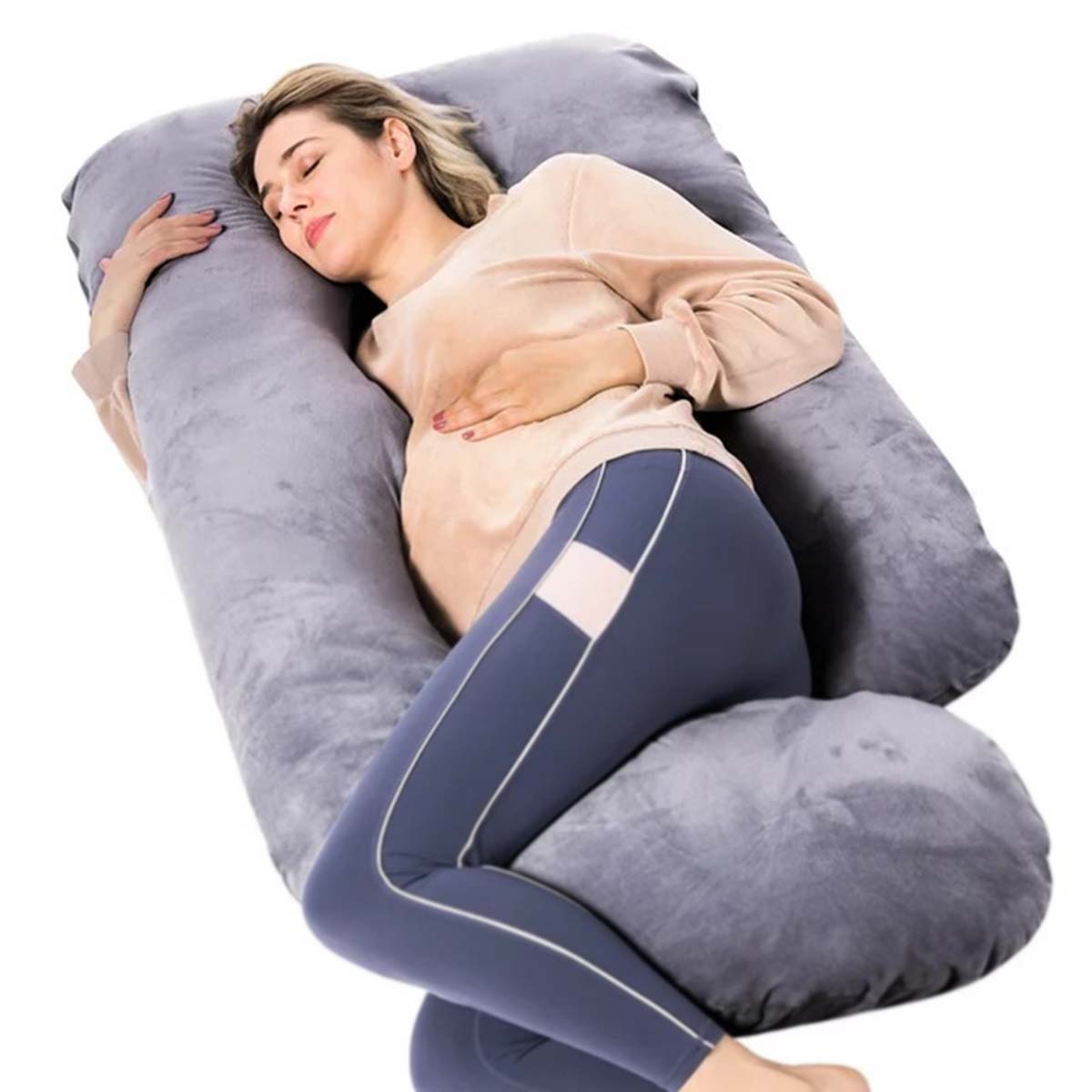

Articles
How Much Are Pregnancy Pillows
Modified: August 27, 2024
Discover articles that answer your questions about pregnancy pillows and find out how much they cost. Get expert advice and compare prices for the best pregnancy pillow that suits your needs.
(Many of the links in this article redirect to a specific reviewed product. Your purchase of these products through affiliate links helps to generate commission for Storables.com, at no extra cost. Learn more)
Introduction
Welcome to our comprehensive guide on pregnancy pillows! If you’re an expectant mother or know someone who is, you’re likely familiar with the myriad of discomforts that can arise during pregnancy. From back pain to difficulty sleeping, pregnancy can take a toll on a woman’s body and overall well-being.
Thankfully, pregnancy pillows offer a simple yet effective solution to alleviate these discomforts and promote a more comfortable and restful sleep. It’s no wonder they have gained popularity among pregnant women around the world.
In this article, we’ll explore the benefits of pregnancy pillows, the various types available, factors to consider when choosing one, price ranges, and where to purchase them. So, whether you’re a soon-to-be mom or a thoughtful friend or family member looking to support a pregnant loved one, this guide will arm you with the information you need to make an informed decision.
So, let’s dive in and discover how pregnancy pillows can revolutionize the way expectant mothers experience comfort during this significant journey.
Key Takeaways:
- Pregnancy pillows offer improved sleep, reduced body aches, improved blood circulation, relief from acid reflux, and versatility for postpartum use, making them a valuable investment for expectant mothers’ comfort and well-being.
- When choosing a pregnancy pillow, consider factors such as sleeping position, support areas, material, firmness, size, cleaning, and budget. Balance quality and features with price, and explore various purchasing options for the best value and satisfaction.
Read more: How To Store Pregnancy Pillow
Benefits of Pregnancy Pillows
Pregnancy pillows are specifically designed to support the pregnant woman’s body and provide relief from discomforts that commonly accompany pregnancy. Here are some key benefits of using pregnancy pillows:
- Improved Sleep: Many pregnant women struggle to find a comfortable sleeping position due to the added weight and growing belly. Pregnancy pillows provide support to the back, hips, knees, and belly, ensuring proper alignment and reducing the strain on the body. This promotes better sleep quality and helps alleviate common issues like back pain, pelvic pain, and restless legs syndrome.
- Reduced Body Aches and Pains: As the pregnancy progresses, the body goes through various changes, leading to aches and pains in different areas. Pregnancy pillows help provide targeted support and alleviate pressure on areas such as the lower back, hips, neck, and shoulders. This can significantly reduce discomfort and ensure a more pain-free pregnancy experience.
- Improved Blood Circulation: The weight of the growing belly can put pressure on the blood vessels, leading to poor circulation. Pregnancy pillows help elevate and support the legs, reducing swelling and promoting better blood flow. This can help minimize the risk of varicose veins and the discomfort associated with fluid retention.
- Relief from Acid Reflux and Heartburn: Many pregnant women experience acid reflux and heartburn due to hormonal changes and the pressure exerted on the stomach by the growing uterus. Pregnancy pillows can be positioned to elevate the upper body, reducing acid reflux and providing relief from heartburn symptoms.
- Versatility and Postpartum Use: Pregnancy pillows are not just beneficial during pregnancy but can also be useful postpartum. They can be used as nursing pillows, providing support and comfort while breastfeeding or bottle-feeding the baby. Additionally, they can aid in postpartum recovery by providing support to the abdomen and lower back.
By providing exceptional support and comfort, pregnancy pillows are a valuable tool for expectant mothers, helping them navigate the physical challenges of pregnancy and promoting a more relaxed and peaceful experience.
Types of Pregnancy Pillows
Pregnancy pillows come in various shapes and sizes to cater to different sleeping positions and support needs. Here are the most common types of pregnancy pillows:
- Full-Length Pregnancy Pillows: Full-length pregnancy pillows are long, body-length pillows designed to provide complete support from head to toe. They are ideal for side sleepers as they offer support for the head, neck, shoulders, back, hips, and legs. These pillows can be straight or contoured, providing a comfortable and snug fit.
- Wedge Pregnancy Pillows: Wedge pregnancy pillows are small, triangular-shaped pillows that can be placed under the belly, back, or knees to provide targeted support. They are versatile and portable, making them useful for reducing discomfort during various activities such as sitting, resting, or sleeping.
- C-Shaped Pregnancy Pillows: C-shaped pregnancy pillows are uniquely designed to wrap around the body and provide support and comfort in multiple areas. They are particularly beneficial for those who prefer hugging or cuddling their pillows while they sleep. The C-shape allows for support for the head, neck, back, belly, and legs simultaneously.
- U-Shaped Pregnancy Pillows: U-shaped pregnancy pillows are similar to C-shaped pillows but provide support not only to the front of the body but also to the back. They offer complete body support, ideal for those who experience discomfort in multiple areas. U-shaped pillows are generally larger in size and are perfect for those who toss and turn during sleep.
- Inflatable Pregnancy Pillows: Inflatable pregnancy pillows are portable and adjustable options that allow users to customize the level of support and firmness. They are lightweight and perfect for traveling or taking along to hospital stays.
Each type of pregnancy pillow has its own unique benefits, so choosing the right one depends on individual preferences, sleeping positions, and specific areas of discomfort. It’s important to consider factors like firmness, material, and ease of cleaning when selecting the most suitable pregnancy pillow.
Factors to Consider When Choosing a Pregnancy Pillow
With numerous options available in the market, finding the perfect pregnancy pillow can be overwhelming. To help you make an informed decision, here are some important factors to consider:
- Sleeping Position: Take into account your preferred sleeping position. Side sleepers may benefit from a full-length or C-shaped pillow, while those who toss and turn may opt for a U-shaped pillow for complete support.
- Support Areas: Assess which areas of your body need the most support, such as the belly, back, hips, or legs. Choose a pregnancy pillow that provides adequate support for those specific areas of discomfort.
- Material: Look for pregnancy pillows made from hypoallergenic and breathable materials to ensure comfort and minimize allergies. Common materials include memory foam, polyester fiber filling, or organic cotton.
- Firmness: Consider the level of firmness you prefer. Some pregnant women prefer a softer pillow, while others may require a firmer one for additional support. The ideal firmness will depend on personal preference and comfort.
- Size: Take into account the size of the pillow, considering factors such as the size of your bed and how much space you have. Ensure it fits comfortably and does not overcrowd your sleeping space.
- Cleaning and Maintenance: Check if the pregnancy pillow is easy to clean, as spills and accidents are common during pregnancy. Look for pillows with removable and washable covers for convenience.
- Customer Reviews: Read customer reviews to get insights into the experiences of other pregnant women who have used the pillow. Their feedback can inform your decision-making process.
- Budget: Set a budget range based on your preferences and needs. While high-quality pregnancy pillows may be more expensive, they often provide better support and durability.
By considering these factors, you can narrow down your options and find the pregnancy pillow that best suits your needs, ensuring maximum comfort and support throughout your pregnancy.
When shopping for pregnancy pillows, consider the size, shape, and filling material that best suits your needs. Look for a pillow that provides support for your back, hips, and belly to help you sleep more comfortably during pregnancy.
Price Range of Pregnancy Pillows
The price of pregnancy pillows can vary depending on factors such as brand, size, material, and features. Here is an overview of the typical price range you can expect for pregnancy pillows:
- Low-Range: In the low-range category, pregnancy pillows can be found for around $20 to $40. These pillows are often basic in design and made from affordable materials such as polyester, making them more budget-friendly options.
- Mid-Range: Mid-range pregnancy pillows generally range from $40 to $80. These pillows offer a balance between quality and affordability. They are often made from higher-quality materials like memory foam or organic cotton and may feature additional support features.
- High-Range: High-range pregnancy pillows can cost anywhere from $80 to $150 or more. These pillows are typically made from premium materials, such as high-density memory foam, and offer advanced support features such as adjustable firmness or cooling technology.
It’s important to note that while price can be a factor in determining the quality and features of a pregnancy pillow, it’s not always the sole determinant. Some mid-range options may provide all the necessary support and features, while others may offer additional luxury at a higher price point.
Additionally, keep an eye out for sales, discounts, and bundle deals that can help you find a pregnancy pillow within your budget. It’s also worth considering the long-term benefits and comfort that a higher-priced, high-quality pregnancy pillow can provide throughout your pregnancy and even afterward during postpartum recovery.
Remember to balance your budget with your specific needs and preferences to find the best pregnancy pillow that offers optimum comfort and support for your individual journey.
Where to Buy Pregnancy Pillows
When it comes to purchasing a pregnancy pillow, there are several options to choose from. Here are some popular places where you can buy pregnancy pillows:
- Online Retailers: Online marketplaces such as Amazon, eBay, and Walmart offer a wide selection of pregnancy pillows from various brands. Shopping online provides convenience, access to customer reviews, and the ability to compare prices and features easily.
- Specialty Maternity Stores: Specialty maternity stores and baby stores often carry a range of pregnancy pillows. These stores provide the advantage of in-person shopping, allowing you to see and feel the pillows before making a purchase.
- Pharmacies and Drugstores: Many pharmacies and drugstores carry pregnancy pillows, particularly those with a focus on baby and maternity products. These establishments offer convenience as they are often located in local communities.
- Department Stores: Department stores like Target, Bed Bath & Beyond, and Macy’s often have a selection of pregnancy pillows in their bedding or maternity sections. Shopping at department stores allows you to see and compare different brands and styles in person.
- Brand Websites: Some pregnancy pillow brands have their own websites where they sell their products directly to consumers. This can be a good option if you have a specific brand in mind or if you want to explore their full range of products and accessories.
When purchasing a pregnancy pillow, it’s important to consider factors such as the store’s reputation, return policy, and customer reviews. Additionally, be aware of any specific features or specifications you are looking for, such as size, material, or support areas.
Regardless of where you choose to buy your pregnancy pillow, it’s always a good idea to compare prices and read reviews to ensure you’re getting the best value for your money. Investing in a high-quality pregnancy pillow from a reputable source will ensure long-lasting comfort and support throughout your pregnancy journey.
Final Thoughts
Pregnancy pillows are a fantastic investment for expectant mothers, offering unparalleled support, comfort, and relief from common pregnancy discomforts. By choosing the right pregnancy pillow that suits your needs and preferences, you can significantly enhance your sleep quality, reduce aches and pains, and promote overall well-being during this transformative time in your life.
Consider the different types of pregnancy pillows available, such as full-length, wedge, C-shaped, U-shaped, and inflatable options, and determine which one aligns with your sleeping position and support requirements. Additionally, factor in essential considerations like material, firmness, size, cleaning, and maintenance when making your decision.
While price is a factor, it’s important to strike a balance between your budget and the quality and features you desire. Remember, investing in a high-quality pregnancy pillow can make a significant difference in your comfort and support throughout your pregnancy and even postpartum.
When it comes to purchasing a pregnancy pillow, you have various options, including online retailers, specialty maternity stores, pharmacies, and department stores. Take advantage of online reviews, compare prices, and consider the reputation and return policies of the stores you choose to ensure a smooth and satisfactory purchasing experience.
Ultimately, pregnancy pillows are designed to provide you with the support and comfort you need during this extraordinary journey. By taking the time to research and select the right pregnancy pillow for you, you can enjoy better sleep, reduced aches and pains, and a more relaxed and enjoyable pregnancy experience.
So, don’t hesitate to invest in a pregnancy pillow and give yourself the gift of optimal comfort and support. Embrace this journey with open arms and let a pregnancy pillow be your trusted companion throughout this beautiful and transformative time in your life.
Frequently Asked Questions about How Much Are Pregnancy Pillows
Was this page helpful?
At Storables.com, we guarantee accurate and reliable information. Our content, validated by Expert Board Contributors, is crafted following stringent Editorial Policies. We're committed to providing you with well-researched, expert-backed insights for all your informational needs.
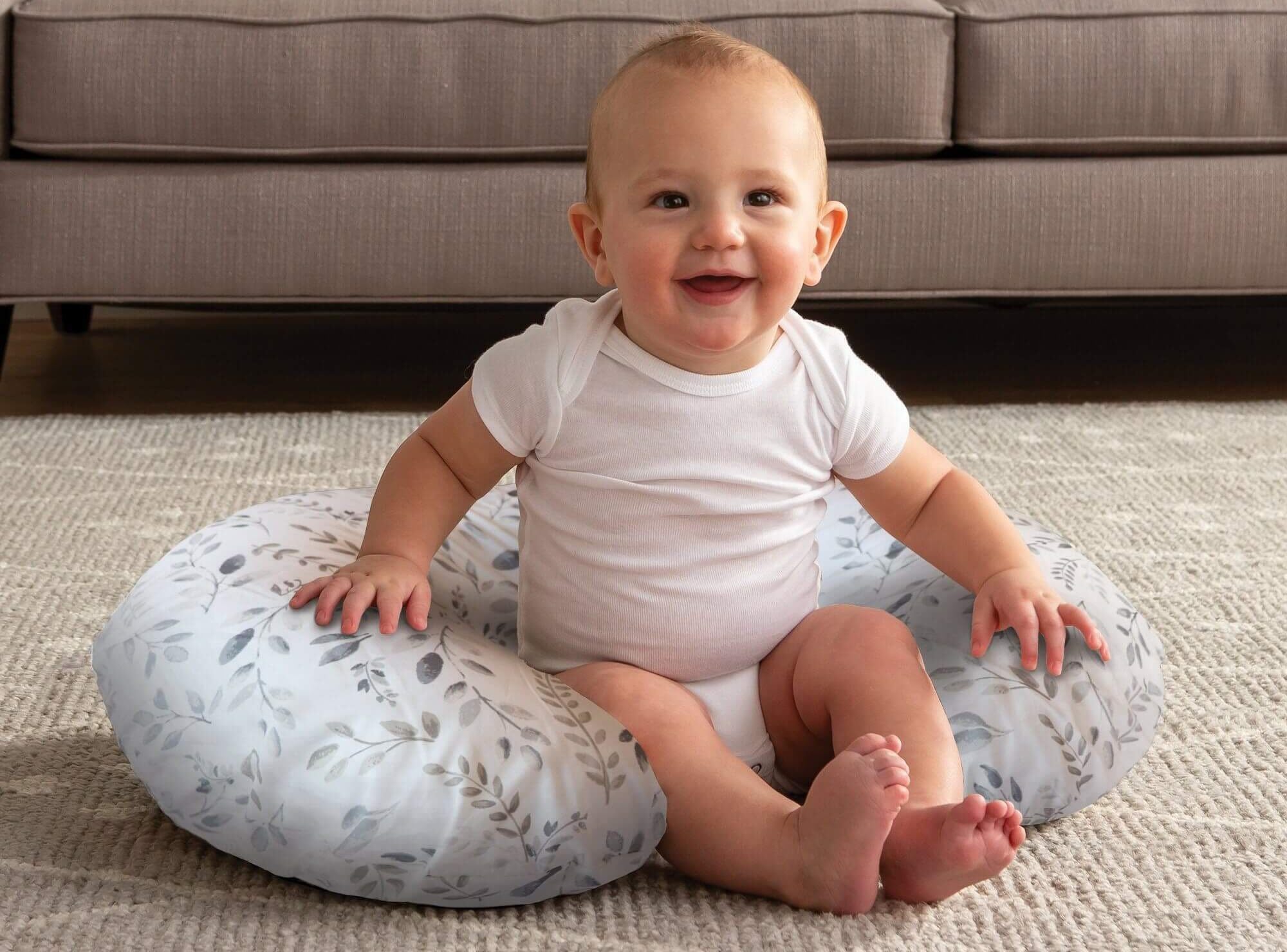



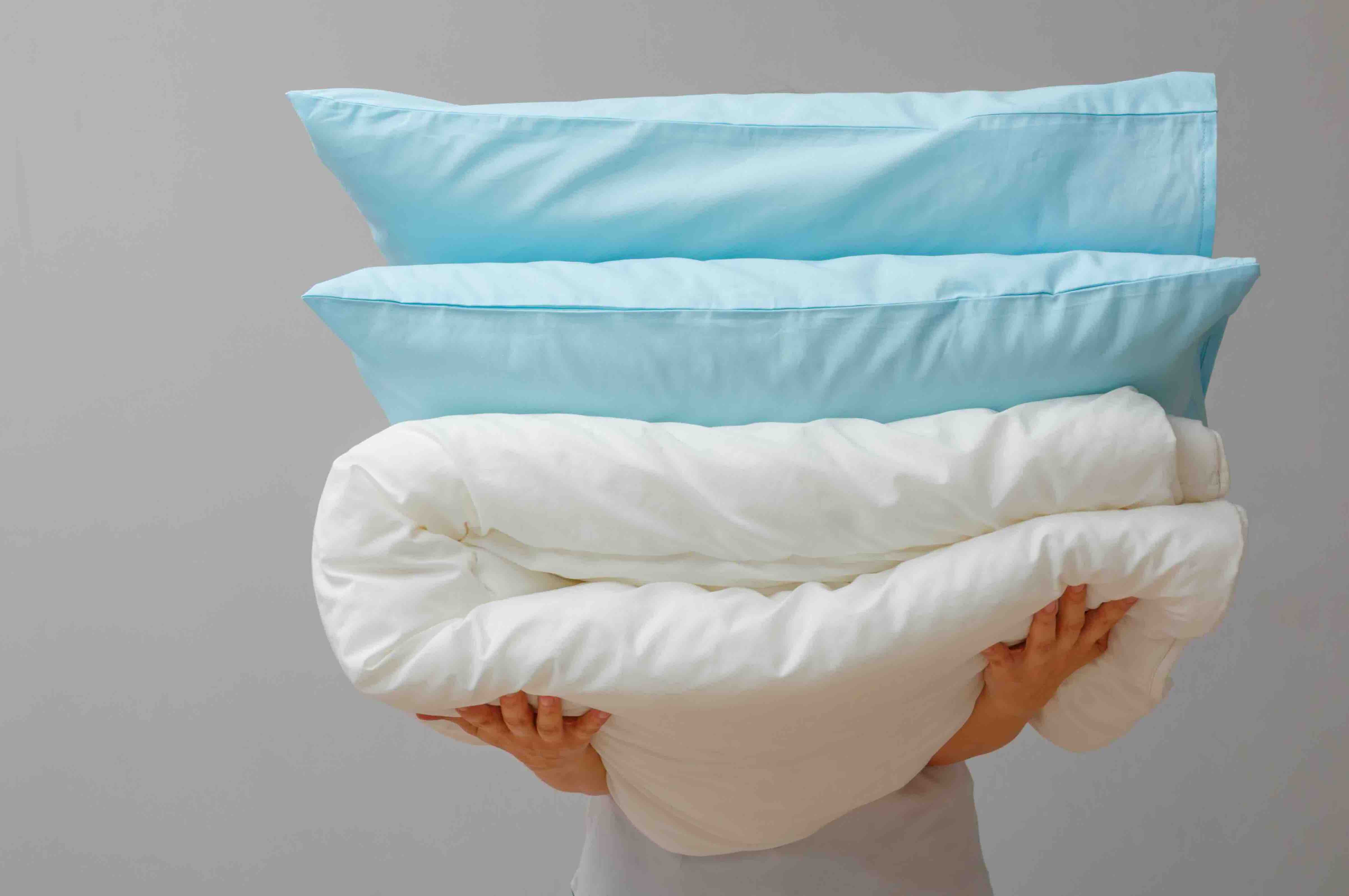

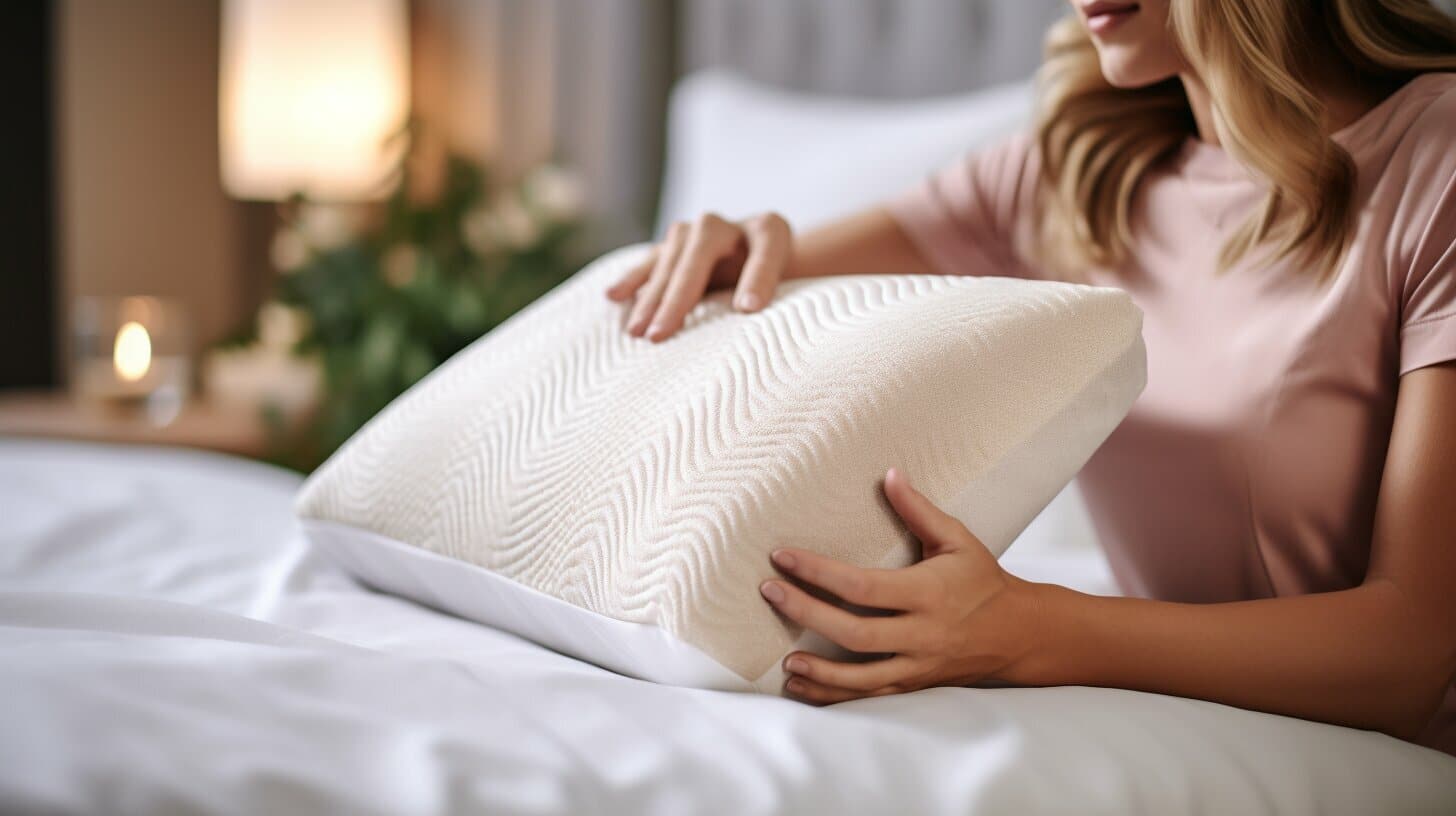

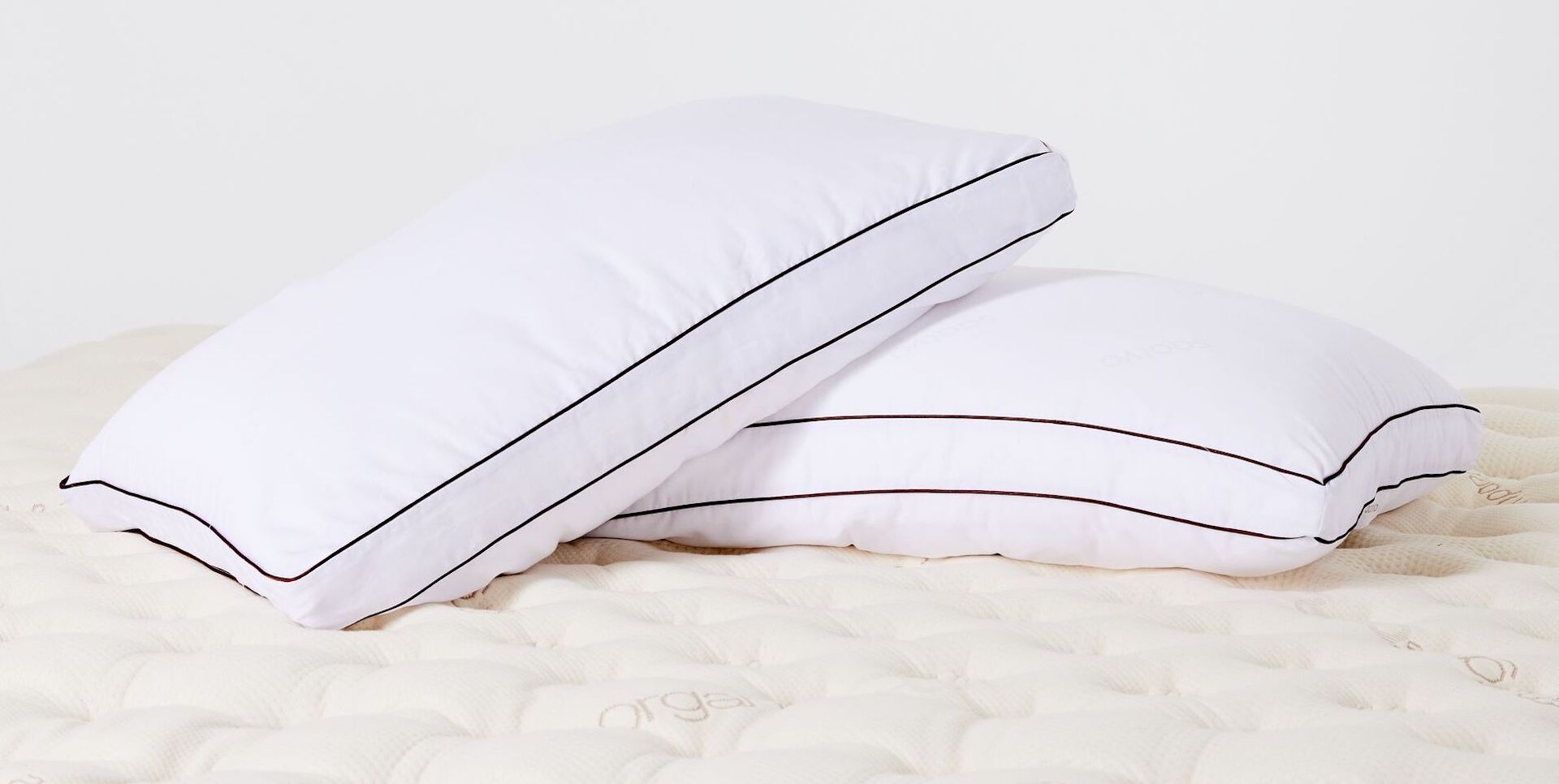






0 thoughts on “How Much Are Pregnancy Pillows”